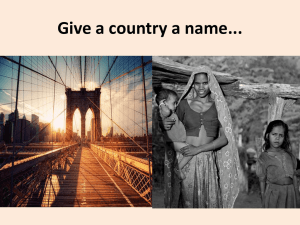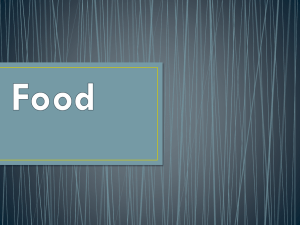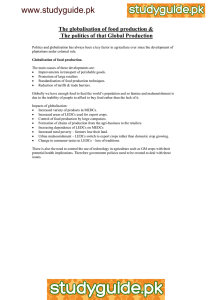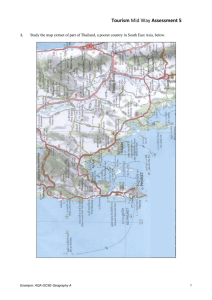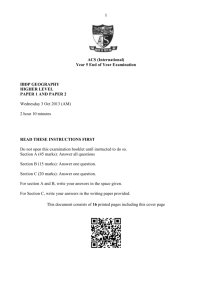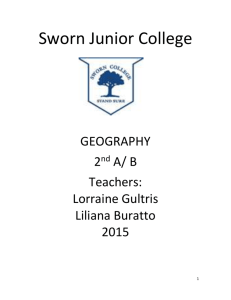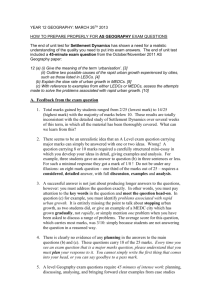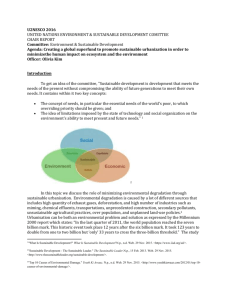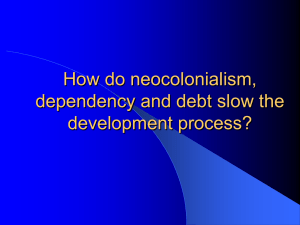Year 10 Revision Your examination in June will be 60 minutes in
advertisement
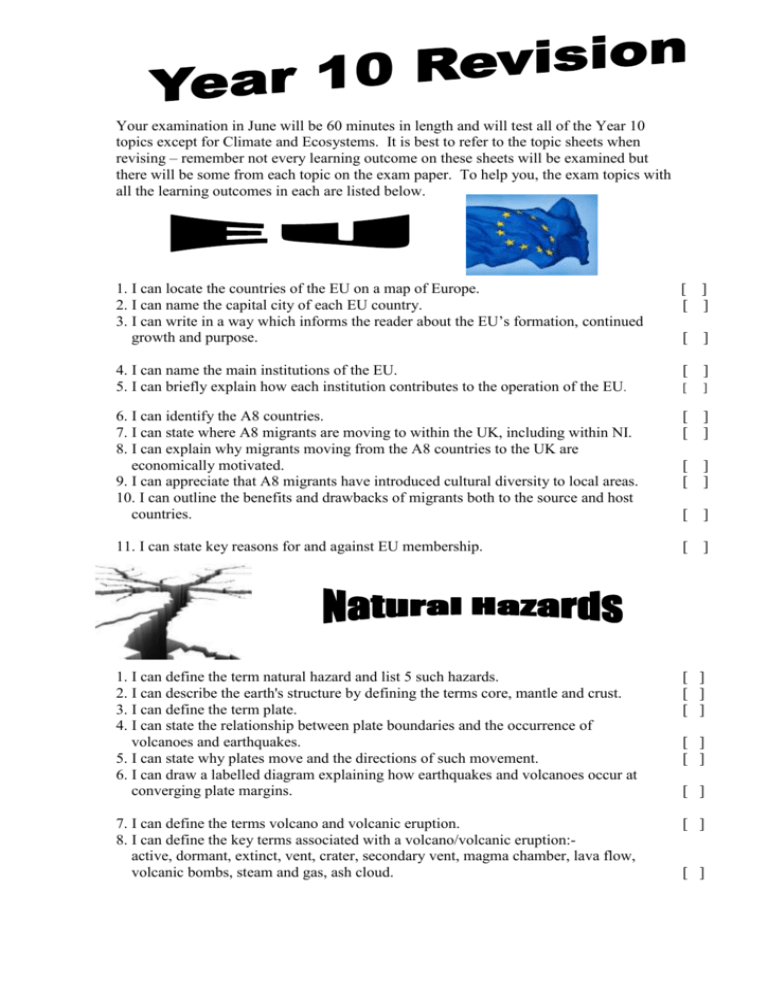
Your examination in June will be 60 minutes in length and will test all of the Year 10 topics except for Climate and Ecosystems. It is best to refer to the topic sheets when revising – remember not every learning outcome on these sheets will be examined but there will be some from each topic on the exam paper. To help you, the exam topics with all the learning outcomes in each are listed below. 1. I can locate the countries of the EU on a map of Europe. 2. I can name the capital city of each EU country. 3. I can write in a way which informs the reader about the EU’s formation, continued growth and purpose. [ ] [ ] 4. I can name the main institutions of the EU. 5. I can briefly explain how each institution contributes to the operation of the EU. [ ] [ ] 6. I can identify the A8 countries. 7. I can state where A8 migrants are moving to within the UK, including within NI. 8. I can explain why migrants moving from the A8 countries to the UK are economically motivated. 9. I can appreciate that A8 migrants have introduced cultural diversity to local areas. 10. I can outline the benefits and drawbacks of migrants both to the source and host countries. [ [ ] ] [ [ ] ] [ ] 11. I can state key reasons for and against EU membership. [ ] 1. I can define the term natural hazard and list 5 such hazards. 2. I can describe the earth's structure by defining the terms core, mantle and crust. 3. I can define the term plate. 4. I can state the relationship between plate boundaries and the occurrence of volcanoes and earthquakes. 5. I can state why plates move and the directions of such movement. 6. I can draw a labelled diagram explaining how earthquakes and volcanoes occur at converging plate margins. [ ] [ ] [ ] 7. I can define the terms volcano and volcanic eruption. 8. I can define the key terms associated with a volcano/volcanic eruption:active, dormant, extinct, vent, crater, secondary vent, magma chamber, lava flow, volcanic bombs, steam and gas, ash cloud. [ ] [ ] [ ] [ ] [ ] [ ] 9. I can identify the media as playing a key role in raising public awareness of natural disasters. 10. I can list the different types of media used. 11. I can appreciate that the media is selective in the stories it presents and how they are presented. 12. I can define the term bias. 13. I can evaluate a media resource using a set of criteria. 14. I can identify & evaluate the different strategies used in a TV news broadcast. 15. I can work as part of a group to agree, research, produce and present material for a TV news broadcast. 16. I can give details of the causes, impacts and responses to an earthquake event. [ ] [ ] [ [ [ [ [ ] [ ] 1. I can state world population size. [ 2. I can explain how population change in a country is brought about by the balance between births/immigration and deaths/emigration. [ 3. I can recall the term migration and differentiate between internal and international migration. [ 4. I can define the terms birth rate and death rate. [ 5. I can recall the terms MEDC and LEDC. [ 6. I can describe the differences in birth and death rates between MEDCs and LEDCs. [ 7. I can give reasons for high birth rates in the LEDCs & low birth rates in the MEDCs. [ 8. I can give reasons for falling death rates in the LEDCs & low death rates in the MEDCs. [ 9. I can draw a line on a world map dividing it into the MEDCs/North and LEDCs/South. 10. I can define the term GDP/capita. 11. I can distinguish between economic and social indicators. 12. I can define the terms infant mortality rate, life expectancy and literacy rate. 13. I can state what the letters HDI stand for and explain why the HDI is a composite indicator. 14. I can retrieve indicator values from the internet. 15. I can identify MEDCs and LEDCs from these figures and appreciate the inequalities in global citizenship. 16. I can explain why there is a global water scarcity problem. 17. I can describe where in the world this problem is worst. 18. I can state why there is both a lack of water and dirty water in rural and urban areas in LEDCs. 19. I can explain the link between dirty water and disease. 20. I can do personal research on malaria using books and the internet. 21. I can complete a piece of extended writing based on this research. 22. I can state the main facts concerning:* the causes of malaria and how it is spread * the consequences for a country where malaria epidemics occur * how the malaria threat can be reduced or eliminated. ] ] ] ] ] ] ] ] ] ] ] ] [ ] [ ] [ ] [ ] [ [ ] ] [ ] [ [ ] ] [ ] [ ] [ ] [ ] [ [ [ ] ] ]

